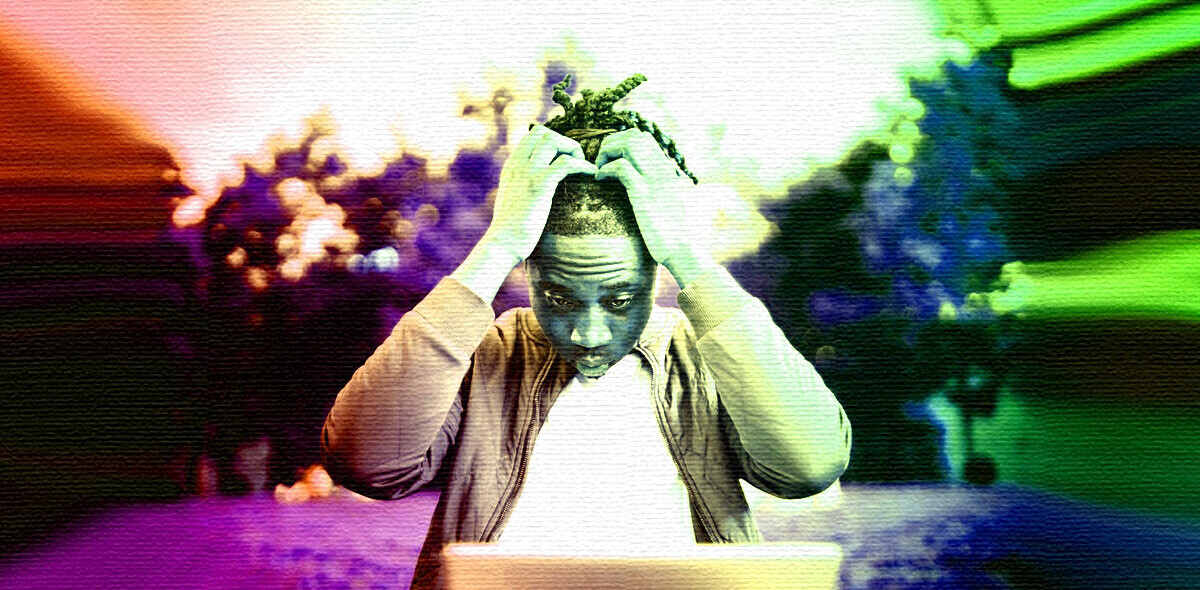
As a designer, I often get asked by growing companies how they can improve their offices and create maximum impact with a minimal budget. And it’s a great question, because engaging employees is key to recruitment and retention.
So, if you’re looking for ways to improve your company’s offices, or just your personal workspace, I’ve gathered seven easy steps to help you out. Enjoy!
1. Paint
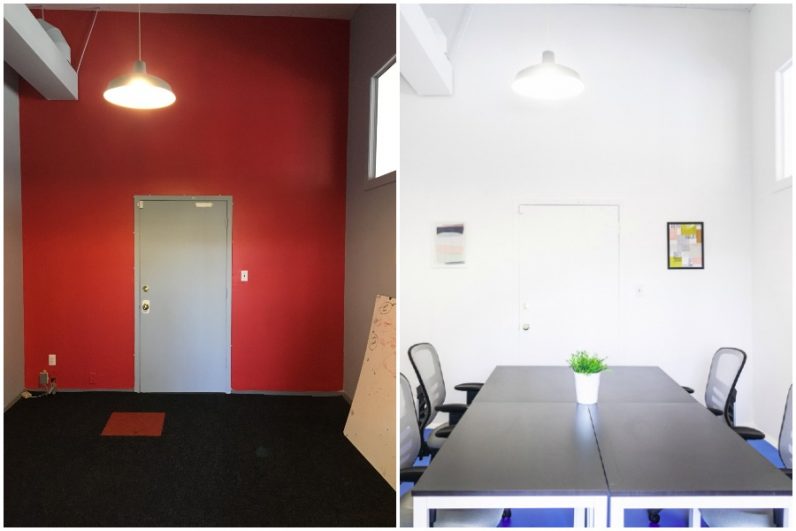
I’d recommend looking into color theory for specifics on mood, but a good thing to always remember is how much natural light you have in your space. One of our offices was recently painted white to spread limited daylight from a window further into this meeting room. Darker colors will absorb light and lighter colors will reflect more of it into the space.
2. Plants
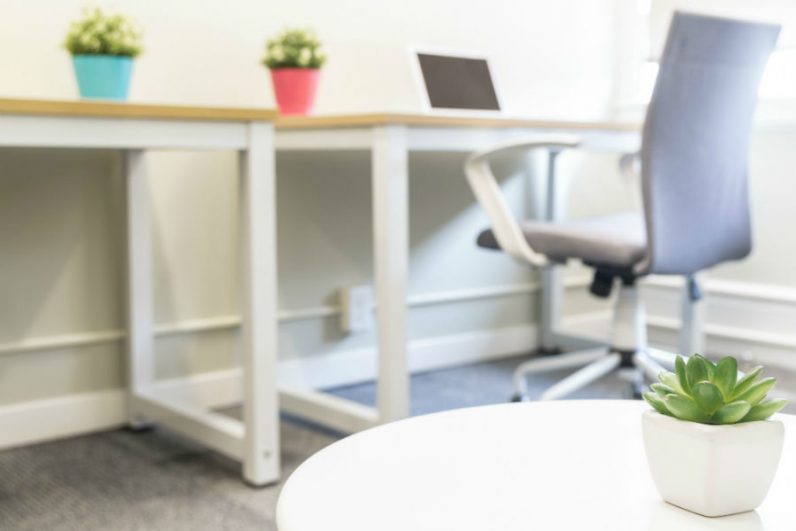
The number of friends I have that have killed a plant at home could fill an auditorium, so given the nature of business I’d recommend a low-maintenance option like a snake plant paired with some taller plants like an indoor palm.
3. Abstract art
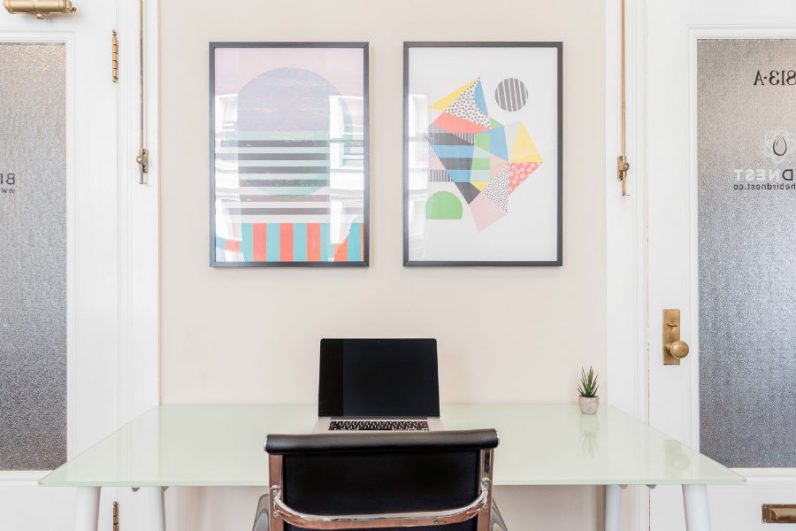
Extending branding to your physical space can send the message that you live your motto. A recent study from the British Council for Offices shows that 86 percent of employees believe that art “is more relevant than ever” in today’s office environment.
4. Varied lighting

With lighting, you always want to think about what you are trying to light and what you are trying to do in that area. That will dictate the kind of fixtures you will need, the direction of the light, and the brightness of the lamp. Task lighting, as shown in the image above, is a great option because it gives users control and allows for some personalization. Research done by furniture brand Herman Miller also shows it’s great for your eyes.
5. Breakout space
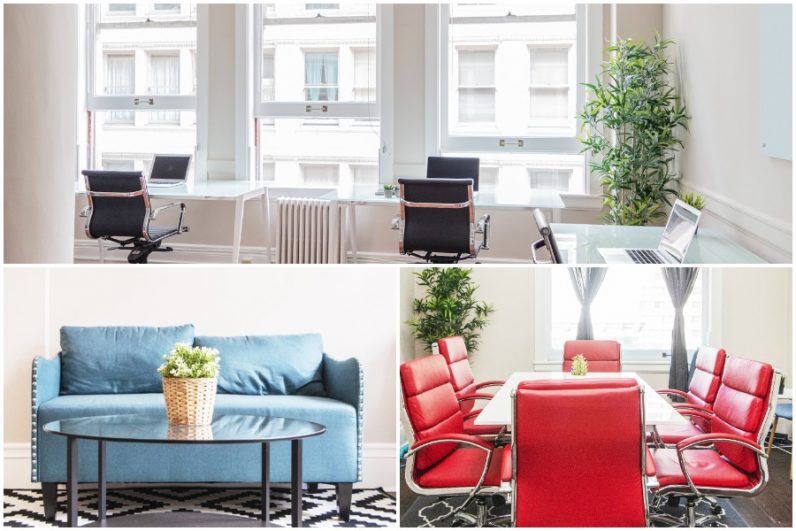
This is because as an office worker sitting at a desk is fine for a few days, but sometimes a change in scenery is needed to get the creative side of your brain working.
Providing a more casual space with a comfortable couch or armchair allows for more casual conversations, and sometimes the best ideas come from those spur of the moment conversations. I’ve definitely had a number of lunches on couches with colleagues in the past that turned into design solutions that were applauded and implemented by higher ups.
6. Something soft
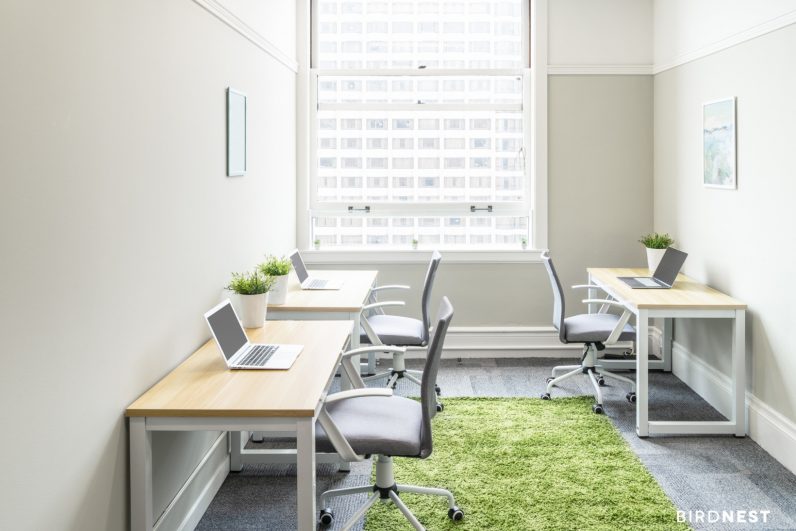
Soft materials absorb sounds and can reduce the dreaded echo chamber. Whether you choose to add a carpet, a plush chair, or even curtains, these choices can also add a bit of approachability to what is usually a fairly stuffy or rigid space (think bean bags in an office).
My go to choice depends on the size of your space, but if your budget is a bit higher you can try some of these options.
7. Break it up
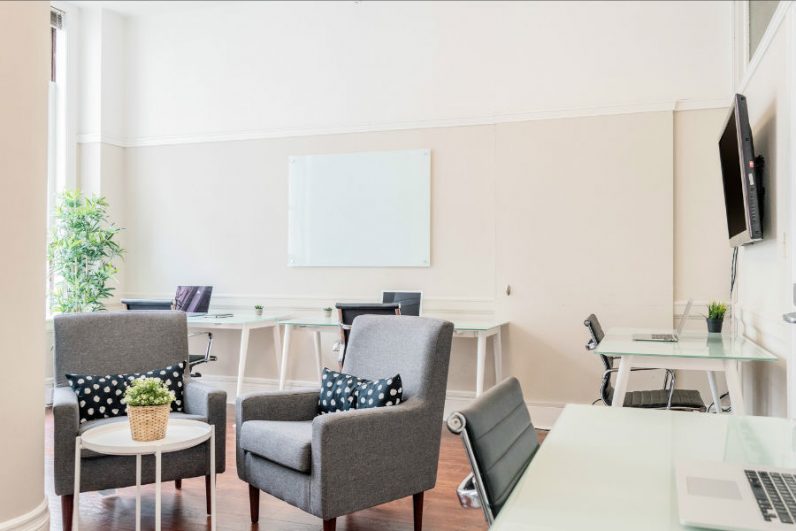
I would suggest using some of the earlier tips to create visual variety: this stimulation translates to mental stimulation and will keep your office engaged and interested.
A number of these items can be implemented on your own, however, I always recommend using a design consultant for your unique project. Every space is different and hiring a designer ensures that you can achieve your dreams of an office environment people want to be in and a part of.
Get the TNW newsletter
Get the most important tech news in your inbox each week.





